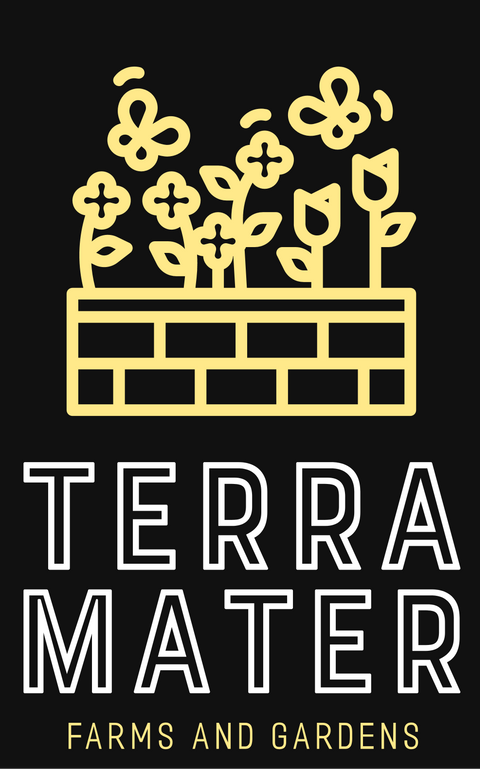Pale Evening Primrose Organic Seeds (Oenothera pallida) – Delicate, pale yellow flowers that bloom in the evening. Attracts pollinators.
Minimum: 75+ Seeds
Pale Evening Primrose (Oenothera pallida) is a beautiful native wildflower known for its soft, pale yellow blooms that open in the evening, releasing a light, sweet fragrance. This drought-tolerant perennial thrives in dry, sandy soils and is a magnet for pollinators like bees, moths, and butterflies. A perfect choice for native gardens, wildflower meadows, and xeriscaping, this low-maintenance plant adds a touch of elegance to any landscape.
Why Grow Pale Evening Primrose?
🌿 Delicate, Evening-Blooming Flowers – Opens in the evening and fades by morning, creating a magical twilight display.
🦋 Pollinator Magnet – Attracts moths, bees, butterflies, and hummingbirds.
💧 Drought-Tolerant & Low-Maintenance – Thrives in poor, dry soils with minimal care.
🌎 Native to North America – Supports local ecosystems and wildlife-friendly gardening.
🌞 Full Sun Performer – Flourishes in hot, dry climates and xeriscape gardens.
Planting & Care Instructions
- Botanical Name: Oenothera pallida
- Common Name: Pale Evening Primrose
- Plant Type: Perennial (or biennial in some climates)
- Height: 12-24 inches tall
- Spread: 12-18 inches wide
- Days to Maturity: First blooms in the second year
- Light Requirements: Full Sun
- Soil Preference: Well-draining, sandy, or rocky soils (pH 5.5-7.5)
- Watering Needs: Low – Drought-tolerant once established.
- Temperature & Hardiness: Zones 4-9 – Cold-hardy and heat-tolerant.
How to Grow Pale Evening Primrose from Seed
- Cold Stratify for Best Germination – Mix seeds with moist sand and refrigerate for 30-60 days before planting.
- Sow Seeds Outdoors in Fall or Early Spring – Scatter directly onto the soil surface (do not cover; seeds need light to germinate).
- Water Lightly Until Germination – Sprouts appear in 2-4 weeks, depending on temperature.
- Thin Seedlings to 12-18 Inches Apart – Space plants for optimal air circulation and growth.
- Minimal Watering Once Established – Prefers dry conditions and thrives on neglect.
Ecological & Pollinator Benefits
🦋 Essential for Moths & Night Pollinators – Provides nectar for hawk moths and other nocturnal pollinators.
🐝 Supports Native Bees & Butterflies – A vital food source for early-season pollinators.
🌾 Great for Wildflower Meadows & Naturalized Landscapes – Blends beautifully with native grasses and wildflowers.
Companion Planting & Garden Uses
- Pairs well with other drought-tolerant perennials like Blanket Flower, Penstemon, and Lupine.
- Ideal for rock gardens, prairie plantings, and pollinator gardens.
- Erosion control – Helps stabilize sandy and rocky soils in natural landscapes.
Bring Twilight Beauty to Your Garden!
With its soft yellow blooms, drought resilience, and pollinator-friendly nature, Pale Evening Primrose is a stunning addition to native gardens and wildflower meadows.



